Hello, and welcome to episode 28 of the Martin Bailey Photography Podcast. In this the fourth and final episode of a photo-journal of my trip to Hokkaido the northern-most island of Japan, in February 2006, I’ll discuss some dear shots from the afternoon of the third day and some seal shots from the last hours before heading for the airport on the last day.
Firstly, let’s take a look at shot number 926. Shortly before shooting the “Drift Ice at Sundown” shot that I mentioned at the end of episode 27, we visited the Shiretoko Nature Center. On the way up to the center there were two deer standing on the steep concrete embankment at the side of the road that stops the earth from sliding down into the road. This enabled me to walk right up underneath this fawn and shoot it a number of times. I chose this one to upload as it shows the fawn with it’s jaw extending out to the side as it chews a scrap of grass it’s found under the snow, and also the snow on it’s face from rooting around. This was shot at F5.6 with my 100-400mm lens, which was fully extended to 400mm so that I didn’t have to get so close as to scare the deer, and I had the ISO set to 640 which gave me a nice fast shutter speed of 1/1000 of a second.
Shortly after the shot of the fawn, we got back on the bus and headed up for the Nature Center. There we were joined by a guide from the center and a friend of Yoshiaki Kobayashi, the pro that we were on the tour with. He told us that there were some male deer in the grounds behind the center and guided us out there. Although in this area there are deer pretty much everywhere, the male are usually quite timid, and stay away from the sides of the road, preferring to keep deeper in the woods for most of the time. So it was great to be able to get really close, literally just five meters or so from some young males as in shot number 927.
I shot this sitting in the snow on a footpath at the edge of the woods, again with my 100-400mm lens. There was not a lot of available light as it was overcast and snowing, so I cranked up the ISO to 800 and rested my elbows on my legs to stabilize the lens as much as possible. The aperture still set to F5.6, this shot was exposed for 1/250 of a second. I was also exposure compensating by minus 1/3, which still gave a resulting image that was slightly brighter than the actual scene, but any darker than this and we’d start to miss detail in the deer’s fur coat. I also like to keep the snowy areas as white as possible giving this image a nice dreamy feel, while maintaining the harsh conditions in which these beautiful animals live.
These deer are known in Japanese as Ezo Shika. Shika simply means deer, but Ezo is a word that is appended to many animals and plants that are native to Hokkaido, though many are also found in areas of similar harsh climate such as far north Japan or nearby Siberia and China. The Ezo Shika have a very hard time finding food during the long Hokkaido winter, which results in them having to eat the bark from trees as we can see in the next shot, number 929. This is apparently not that great a source of energy compared to the effort taken to actually eat it, and it is becoming a problem for the trees themselves. They are more susceptible to various diseases without the bark and many die as a result. I’m no expert of the reasons for this. It may well be something that has always happened during winter, but it has been highlighted more recently since the Shiretoko Peninsula was registered as a Unesco World Heritage site and is now protected along with all the deer. So the locals can no longer hunt the deer and their numbers are growing to pest proportions. I must admit though, this is something that I personally as a photographer, and probably the thousands of deer in the area are pretty happy about.
Next let’s take a look at shot number 931, which is really more of a snap or at best a documentary photo from the trip, that shows a guy who’s nickname is Taishou and Ogawa-san, an elderly gentleman that joins most of the photography tours with Yoshiaki Kobayashi. I’m not sure how old he is, but probably in his 70’s he really holds up well in this cold and is just an incredibly nice fellow all round. You can see here how close we were able to get to another male deer, not the one in the previous shot, this one was a little younger with smaller antlers, but he was so interested in stripping the bark from the trees that he didn’t seem to mind us that much at all. We were told that they can be quite dangerous though if they decide they don’t want you around. So if you find yourself in a similar situation approach with caution. I also just really like the warm feel of the sun as it dropped low in the sky behind the trees here accentuating the tunnel the bows of the surrounding trees made at the end of the third day of the trip.
I closed the aperture down to F11 with a shutter speed of 1/320 of a second, again at ISO 800 for this shot and minus 2/3 exposure compensation to stop the sky from blowing out and loosing that warm feeling. We then went to the Puyuni Promontory from where I shot the drift ice in Utoro Bay that I showed you at the end of episode 27 last week. That was the last photo from the third day.
The following morning we had a bit of a lie in. The first three days of the tour had meant getting up at 4AM, and everyone was feeling pretty tired. The sun rises behind the mountains here in Utoro, so as there’s no real golden light to speak of, this wasn’t such a bad idea. Having said that, I was wide awake at 6:20AM and started getting ready for the journey back to Tokyo after the morning’s shoot. I sent a parcel of the stuff that I would no longer need back before breakfast. This only costs around $16 and saves a lot of messing around carrying around additional luggage. Things included thermal wear that I would no longer need and dirty laundry from the previous days. I also packed off my monopod and battery chargers etc. as I would no longer need these either.
We headed out from the hotel at 9AM for the Oshinkoshin Falls. Hokkaido is home to the Ainu people, and in the ancient Ainu language Oshinkoshin means man and woman. The falls that you can see in image number 935, are the left hand falls as you face them, which are Oshin, or the man or male falls. If the falls to the right were not frozen we could have seen the Koshin part which is the woman, or female falls. I’m not going to include this in the Podcast audio file, but if you take a look at image number 165 on my Web site you’ll see how the falls look in late summer. Here you can see a larger, more thick set fall to the left signifying the man, and the more slender woman falls to the left.
I recall when I shot this photo in September 2003 I really wished I had a nice blue sky in the background and some white fluffy clouds. I might have wished too hard as last month when I was there you can see if we go back to image number 935 that there wasn’t a cloud in the sky. This was actually quite a challenging shot as the bottom of the falls were in shadow as the sun had not yet risen high enough in the sky yet to light the whole area. This does of course have the benefit of a much more saturation blue sky, so there’s a trade off here. I took a number of different shots here, including a few with a gradual neutral density filter, two in fact, across the top of the frame to reduce the contrast between the top of the falls and the sky, and the lower shadowed area of the falls. These shots came out OK, but I decided to also shoot some images with a few varying exposures to allow me to stitch the top and the bottom of closer exposed images in Photoshop, emulating what a neutral density grad filter would do.
Both shots were at ISO 100 at F20 shot with the 16-35mm F2.8 lens. The top of this image had a shutter speed of 1/13 of a second. The bottom image was shot at 1/6 of a second. I copied the image that I was to use for the bottom to the clipboard in Photoshop and then pasted it over the second image and converted it to a mask, the painted over the bottom part until I had an image that still had a visible shadow across the bottom, but with much one stop less contrast than a straight shot. I also have a shot with the bottom much brighter, but decided to go with these two as I didn’t want to deny the fact that there was ever a shadow there. Also the texture of the light would have been considerably different in the original shadow area.
Another thing to consider and I also tried, but decided not to go with, is that when shooting running water, much more than one stop difference obtained by changing the shutter speed would result in much more silky looking running water in one shot than the other. What I did here was bracketed the ISO for a few shots. Basically I left the aperture at F22 and shutter speed at 1/25 of a second, but bracketed the ISO from 100, then 200, then 400. This gave me a two stop range with exactly the same aperture and shutter speed so there was no need to worry about how the shutter speed would affect the running water. I decided to go with the shots I did though as I can’t tell any difference between the faster and slower shutter speeds in the water. In fact the top of the falls look like a longer shutter speed though the reverse is true. Also, I just preferred this composition to the ones I took where I bracketed the ISO. Still I thought I’d share the idea of ISO bracketing with you as it will probably come in handy and I’ve not heard of anyone else doing this at this point, though it is a pretty obvious option in similar conditions.
Anyway, let’s move on, as I still have five images to talk about. Let’s get though them quickly. Before we look at the next shot, some might find this a little shocking so before we jump to the shot, I’ll tell you that this is what I believe to be the remains of a crow that probably an eagle decided to have for it’s lunch. We’d moved along the coast a way, and were now standing on the sea shore shooting the drift ice that we’ll look at shortly, and I looked down to find the remains of the crow. If you are not too worried about looking at this, please jump to image number 936. Now I have warned you, so please don’t mail me saying what the hell are you doing showing me that. Firstly, if you don’t want to look, pass it over. Secondly, this is part of nature, and I felt that as a nature photographer it was my duty to record it. It’s reality.
Now as a photograph, I find the contrast between the wet black feathers and the white snow, with the bright red areas of the blood quite interesting. Nothing technically difficult here. I decided to place the corpse on the left of the frame so that you could also see the splashes of blood in the snow to the right and also just because I didn’t want to bulls-eye this. I rarely do. As I was pretty close with my 24-105 F4 lens and shooting at 105mm I shut the aperture down to F9 at 1/640 of a second to get a certain amount of depth-of-field. I was using ISO 100 still.
On a more calm note, the next shot, number 937, shows some footprints in the snow. This was yet a little further down the road and we’d stopped the bus again to shoot the drift ice and I noticed these footprints from the side of the road. I closed in on the scene, which was probably only a few meters across with my 100-400mm lens, and was shooting at 260mm. I was shooting at an angle and so to get a fair amount of depth-of-field here I shot with an aperture of F16 for 1/400 of a second with ISO 200. These are probably deer prints but maybe fox. So that should give you some idea of the scale.
Moving on to shot number 938, we finally get a look at the drift ice I keep talking about. I have loads of shots of this but nothing really spectacular. I chose this one because there are some water birds in the sea around a third of the way from the top of the frame, which adds a little something when viewed on a largish print. I also like the contrast between the whites and the dark water in this shot. I have seen some amazing shots of drift ice from people that live and shoot in the area. Although a different scale to icebergs, sometime the ice is as big as a house and as it melts around it’s base can sometimes even look like a large mushroom floating out there one the sea. Hopefully I will be able to keep traveling back here and sometime in the future spend time here in early morning or in the evening to capture some of this drift ice in a much more beautiful way. I’d stayed at F16 for 1/400 of a second with ISO 200. In fact I was in manual mode and just didn’t need to change the exposure settings. The whites were still white.
Anyway, we were nearing the end of our time here in Hokkaido for this four day, well, really 3 and a half day tour. We had left Utoro and moving along the coast before heading in land to go to the airport and we noticed a group of four seals basking on the edge of the ice on a lake next to the sea. They are usually in the sea, but must have waddled their way over a bank or two to the lake. In shot number 939 you can see a single seal looking up at us as we shot from the bus window at the side of the road. To get in close for this shot I’d attached my 2X extender to my 100-400 lens, which resulted in this shot being a little soft. I was shooting at 1/1000 of a second at ISO 800, and resting quite steadily on the headrest of a chair, so camera shake should not have been a problem. This really is going to be a limitation of the 2X extender. The aperture was F11, which was forced as at 400mm this lens has a largest aperture of F5.6 so add two stops to that and you get F11. If you want to know more about using extenders or tele-converters and also extension tubes with your lenses, take a listen to episodes 23 and 24 of this Podcast if you haven’t already.
OK, so the last image from this four part series is shot number 940, which is again the group of seals we’d stumbled across basking on the ice, and just before we left a Common Meganser, also known as a Goosander swam into the shot leaving a nice wake to add a little interest. This was shot at 400mm as I’d now removed the 2X extender at ISO 400 for 1/2500 of a second.
A few moments after this last shot we pulled away and were now heading to the airport and back to busy Tokyo. I had a great time over these 3 and a half days. As a reminder I’ll add a link in the show notes to enable you to view what turned out to be a total of 105 images from these four days. If you can find time to take a look I’ve only managed to show you just under half of these during these last four weeks, so please drop by and take a look at them all. Remember if you do follow the link in the notes you’ll get a list from newest to oldest, so to view the images in the order they were shot, click the number at the bottom right of the thumbnail screen, which is now 14 and will probably remain at 14. You’ll then be able to click the last image, and then click the left arrow above the images when viewed at the larger size to walk back through the images in the order they were shot.
Beep/Click
So that’s it for this week. I hope you’ve enjoyed this series. Remember you can contact me with feedback etc. using the contacts form on my site or via private messages from the forum if you take a moment to register. We’ve just blasted through the 200 member mark so things are really starting to liven up now, so drop by and chat about just about anything photography with the cool bunch that are hanging out on the forum and member’s gallery.
One last note that if you can spare 5 minutes, please complete the listener’s survey that you can find linked beneath the small Podcast section on the top page or with a larger graphic on the Podcasts page. This will enable me to learn more about you and hopefully help me to find a sponsor for this Podcast at some point. It doesn’t matter how long you’ve been a listener or how frequently you listen to this Podcast. Thanks in advance for taking the time out to complete this survey.
So that really is it for this week. I hope you have a great week. Bye bye.
Show Notes
The Music in the first 28 Podcasts is copyright of William Cushman © 2005, used with kind permission.
Subscribe in iTunes for Enhanced Podcasts delivered automatically to your computer.
Download this Podcast in MP3 format (Audio Only).

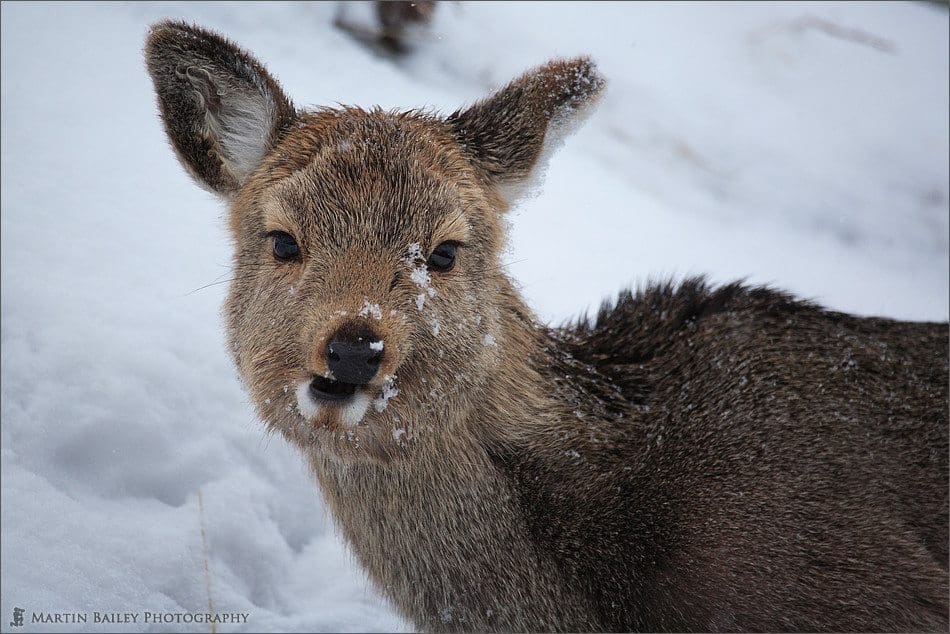
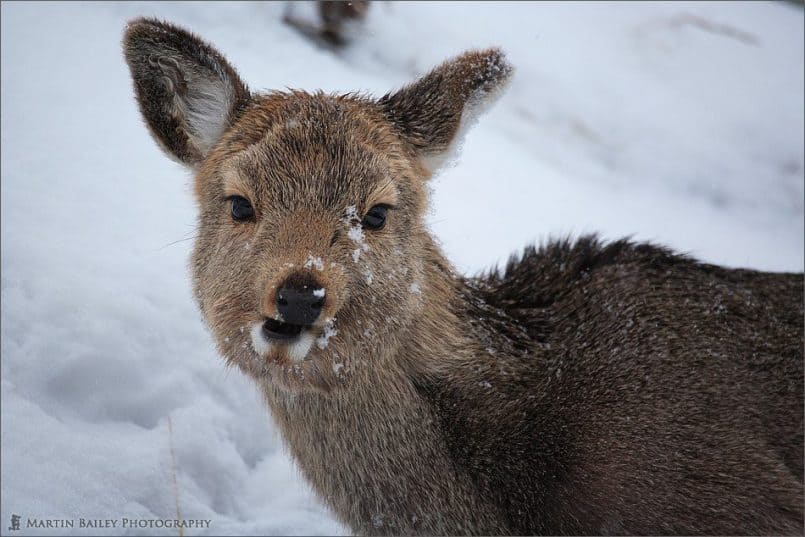
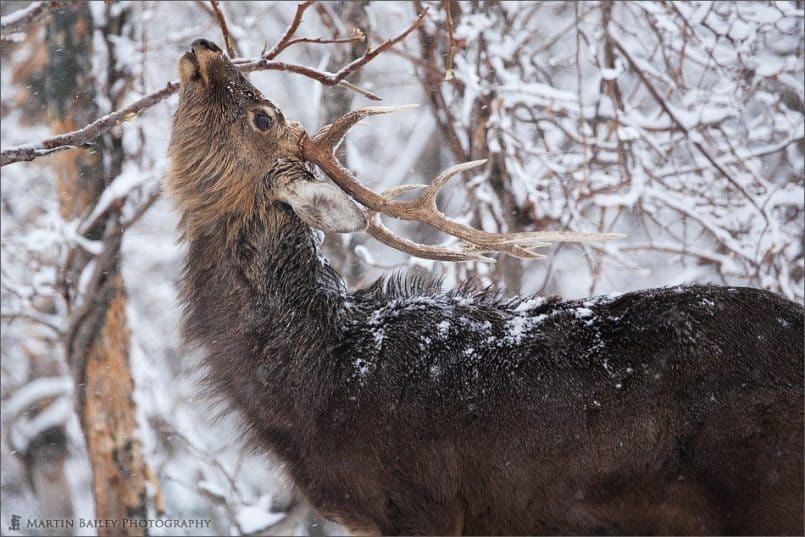
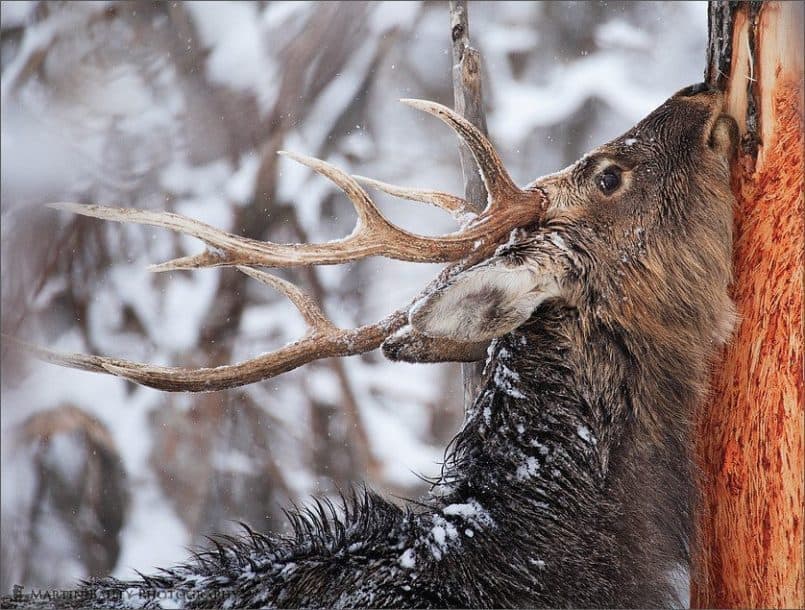
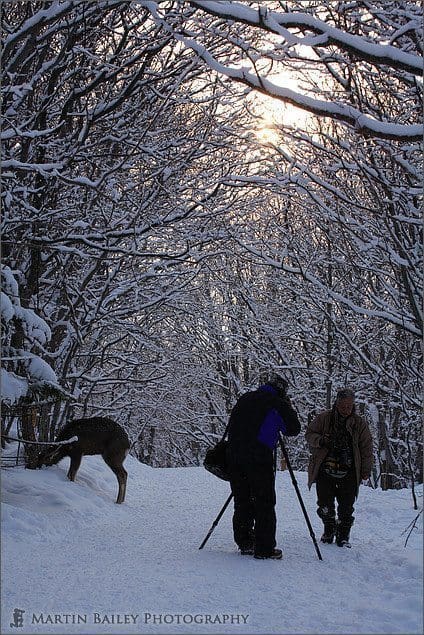
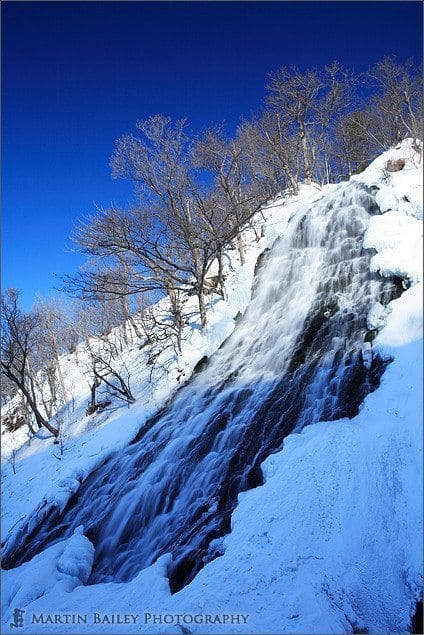
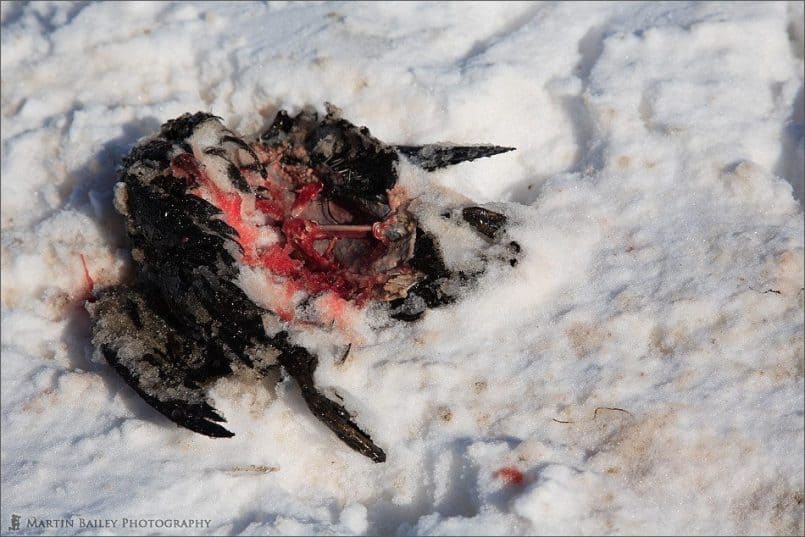





0 Comments